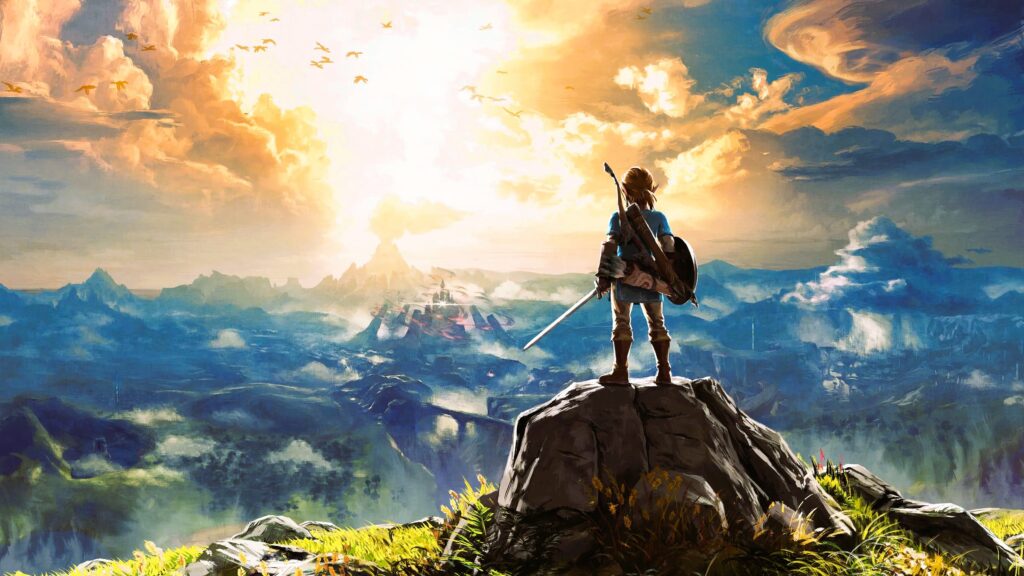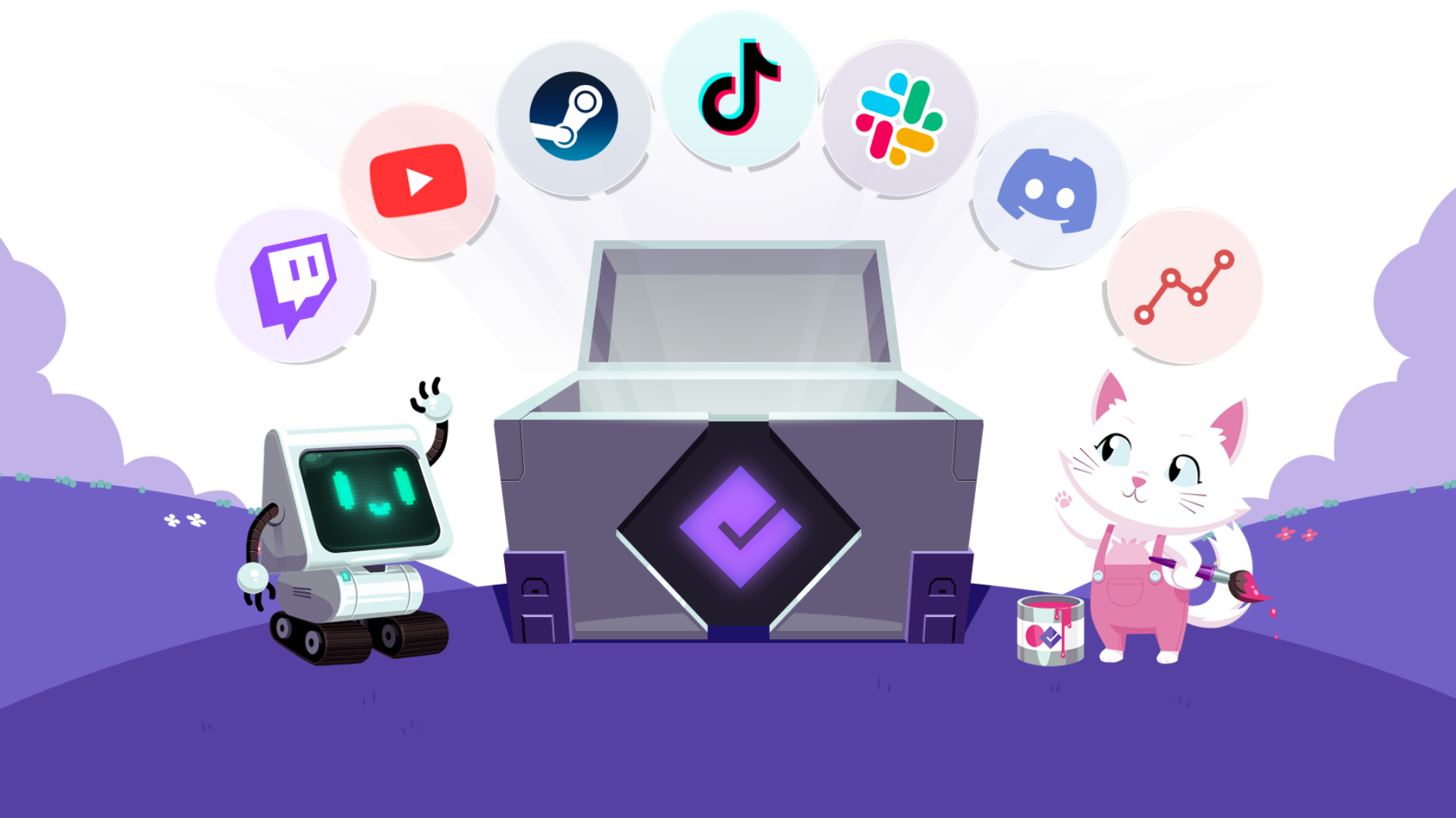When The Legend of Zelda: Breath of the Wild (BotW) launched in March 2017, it not only redefined the landscape of action-adventure gaming but also revolutionized how games are marketed. As one of the most critically acclaimed titles of all time, BotW’s marketing strategy showcased innovative techniques that set new standards for the industry. In this article, we will explore the key marketing strategies employed for Breath of the Wild and how they have influenced game marketing forever.
The Build-Up: Teasing and Anticipation
Nintendo expertly crafted anticipation for Breath of the Wild long before its release. The game was first announced at E3 2014 with a teaser trailer that captivated audiences with its stunning visuals and open-world design. By using carefully curated teasers, Nintendo created excitement and speculation within the gaming community. The slow rollout of information kept players engaged, with various trailers revealing new gameplay mechanics, landscapes, and character designs leading up to the launch. This strategy not only piqued interest but also built a narrative around the game that players were eager to explore.
Leverage of Existing Franchises
Breath of the Wild was the first mainline Zelda game to be released on a home console since The Legend of Zelda: Skyward Sword in 2011. This long gap in releases heightened the anticipation among fans. Nintendo capitalized on the rich history of the franchise, appealing to both new players and long-time fans. The marketing team employed nostalgic references to previous Zelda games while simultaneously showcasing how BotW diverged from traditional gameplay. This dual approach allowed the game to reach a broader audience, enticing veterans with familiar elements and attracting newcomers with innovative gameplay.
Influencer Marketing and Community Engagement

Nintendo recognized the power of influencers and content creators in shaping public perception of games. Prior to the official release of BotW, the company invited select influencers and streamers to experience the game at special events. This strategy allowed these creators to share their gameplay experiences with their followers, generating organic buzz and excitement. By leveraging the established communities around these influencers, Nintendo tapped into new audiences, effectively marketing the game through trusted voices in the gaming space.
This engagement with influencers extended beyond the pre-launch phase. After the game’s release, the community produced a wealth of content, including gameplay videos, tutorials, and fan art. Nintendo encouraged this by providing tools and resources for content creation, allowing fans to share their experiences and creations. This user-generated content became a vital part of the game’s marketing, showcasing its depth and encouraging others to join in the adventure.
Immersive Experiences Through Demos and Events
Nintendo also embraced the concept of immersive experiences, offering fans hands-on opportunities to play the game before its official release. They organized events such as the Zelda: Breath of the Wild Experience at select locations, where attendees could play a demo of the game. These events created a unique atmosphere that allowed fans to connect with each other while experiencing the game firsthand.
Moreover, the game’s release coincided with the launch of the Nintendo Switch, which further amplified the marketing efforts. Bundling BotW with the console made it an essential purchase for new Nintendo Switch owners, showcasing the game as a flagship title. The simultaneous launch created a buzz around both the console and the game, maximizing their visibility in the market.
Leveraging Social Media and Digital Marketing
Breath of the Wild’s marketing campaign harnessed the power of social media to engage with fans. Nintendo employed platforms like Twitter, Instagram, and Facebook to share updates, artwork, and community highlights. These platforms became essential for fostering communication between the developers and players, allowing fans to express their excitement and provide feedback.
The hashtag #BreathoftheWild trended on various social media platforms, serving as a central hub for discussions, fan theories, and creative content. By tapping into social media, Nintendo created a vibrant community around the game, which played a significant role in its marketing success. Read about Pokémon GO as an example of location marketing.
Post-Launch Support and Community Involvement
Unlike many games that fade from the spotlight after launch, Nintendo continued to support BotW post-release. The company rolled out downloadable content (DLC) that expanded the game’s universe and provided players with new challenges and adventures. This commitment to ongoing support kept players engaged and maintained the game’s relevance long after its initial launch.
Nintendo also listened to community feedback and integrated popular suggestions into future updates. This responsiveness not only improved the game but also strengthened the relationship between the developers and the player base. By demonstrating that they valued player input, Nintendo fostered a loyal community that felt invested in the game’s ongoing development.
Impact on Future Marketing Strategies

The marketing strategies employed for Breath of the Wild have left a lasting impact on the gaming industry. Other developers have since adopted similar approaches, recognizing the importance of building anticipation, engaging with influencers, and leveraging community involvement.
For instance, games like Final Fantasy XV and Cyberpunk 2077 have employed long-term marketing strategies that include teaser trailers, immersive experiences, and community engagement, following the blueprint set by BotW. The success of these strategies indicates that players crave deeper connections with the games they love, and developers must respond to these demands.
The Legend of Zelda: Breath of the Wild not only transformed the action-adventure genre but also changed the landscape of game marketing forever. By effectively building anticipation, engaging with the community, leveraging influencers, and committing to post-launch support, Nintendo established a new standard for marketing in the gaming industry. As game marketing continues to evolve, the lessons learned from BotW will undoubtedly inform future strategies and campaigns.
For more information on the influence of Breath of the Wild, you can visit the Wikipedia page on The Legend of Zelda: Breath of the Wild.

